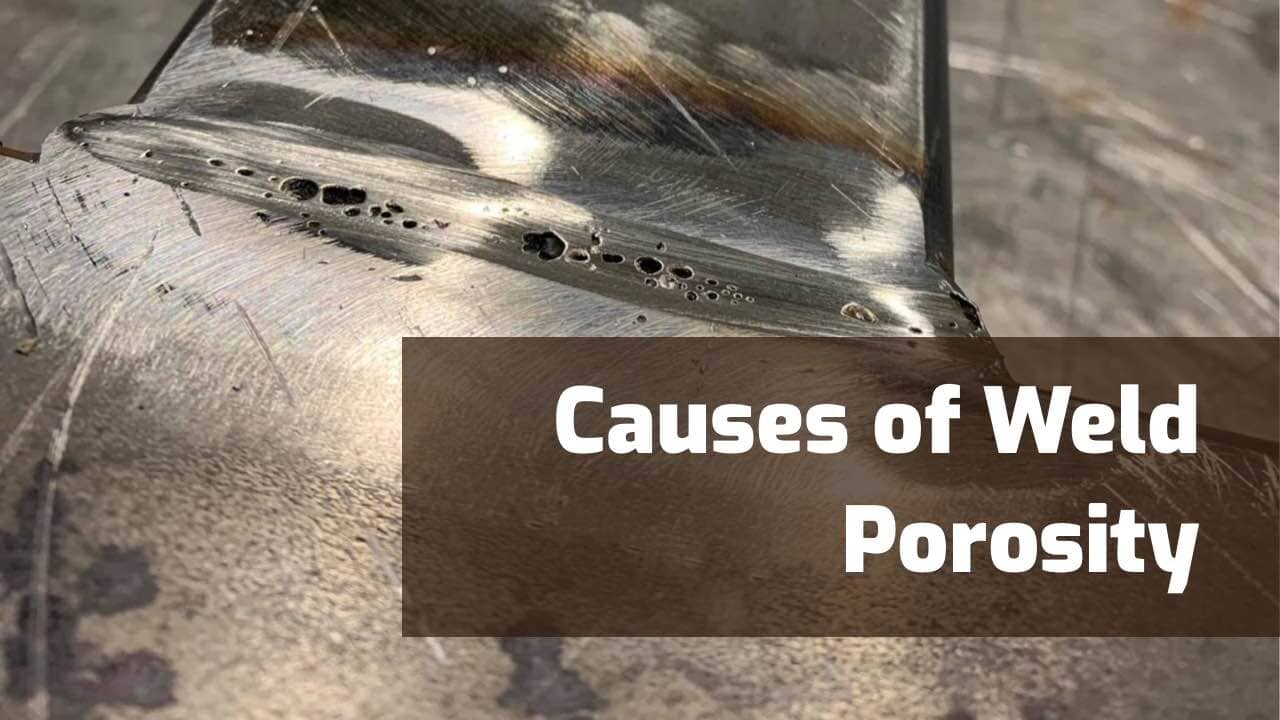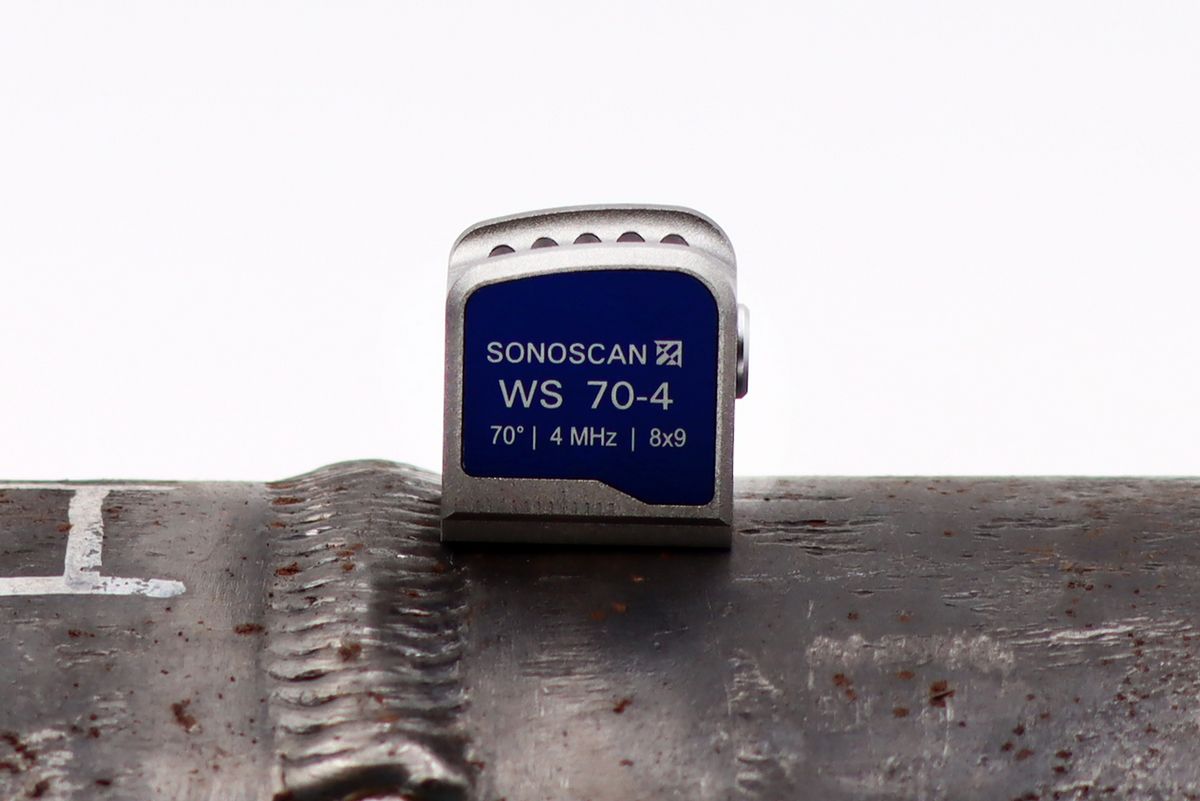Best Practices for Preventing Weld Undercut: Mastering the Basics
Best Practices for Preventing Weld Undercut: Mastering the Basics
Blog Article
Understanding the Art of Welding: How to Prevent Undercut Welding Issues for Flawless Fabrication Outcomes
By comprehending the origin creates of undercut welding and implementing effective methods to avoid it, welders can raise their craft to brand-new degrees of quality. In the quest of perfect manufacture outcomes, understanding the art of welding to stay clear of undercut concerns is not simply an ability yet a need for those making every effort for excellence in their job.
Recognizing Undercut Welding

To protect against undercut welding, welders should ensure proper welding specifications, such as changing the existing, voltage, traveling rate, and keeping the correct electrode angle. By understanding the causes of undercut welding and executing precautionary procedures, welders can accomplish high-grade, structurally audio welds.
Reasons For Undercut in Welding
Recognizing the factors that add to damage in welding is important for welders to produce premium, structurally audio welds. Damaging happens when the weld metal does not correctly fill up the groove formed in between the base steel and the formerly deposited weld metal. A number of elements can result in damage in welding. One usual cause is extreme heat input. Welding at high temperatures for extensive durations can lead to the base metal thawing greater than wanted, bring about undercut. Poor welding incorrect or existing welding rate can also add to damage. Insufficient current might not supply enough warmth to melt the base and filler metals adequately, while too much speed can protect against appropriate fusion, creating undercut. Furthermore, inappropriate electrode angles or inaccurate lantern control techniques can develop locations of reduced weld metal deposition, advertising undercut. Comprehending these reasons and carrying out correct welding methods can aid stop damaging problems, ensuring resilient and solid welds.
Techniques to stop Undercutting

To alleviate the threat of damaging in welding, welders can utilize tactical welding techniques aimed at enhancing the quality and honesty of the weld joints. In addition, making use of the right welding method for click here now the particular joint configuration, such as weave or stringer beads, can add to minimizing undercutting.
Moreover, appropriate joint preparation, consisting of making sure clean base materials without impurities and utilizing the suitable welding consumables, Recommended Reading is essential in preventing undercut issues. Utilizing back-step welding techniques and controlling the weld grain profile can additionally assist distribute warmth uniformly and reduce the threat of undercut. Routine inspection of the weld joint during and after welding, along with carrying out quality control procedures, can aid in dealing with and detecting damaging issues immediately. By executing these strategies vigilantly, welders can attain perfect fabrication results with very little undercut defects.
Importance of Appropriate Welding Criteria
Picking and maintaining suitable welding criteria is essential for accomplishing effective welds with marginal defects. Welding parameters refer to variables such as voltage, present, take a trip rate, electrode angle, and securing gas flow rate that directly affect the welding process. These specifications have to be carefully changed based on the kind of product being bonded, its density, and the welding strategy used.
Correct welding criteria make certain the correct amount of heat is put on melt the base metals and filler material uniformly. If the parameters are set expensive, it can lead to excessive heat input, causing distortion, spatter, or burn-through. On the other hand, if the specifications are too low, incomplete fusion, absence of infiltration, or damaging may occur.
Quality Guarantee in Welding Procedures

Verdict
To conclude, grasping the art of welding requires a comprehensive understanding of undercut welding, its reasons, and strategies to stop it. By ensuring correct welding specifications and executing quality control methods, flawless manufacture outcomes can be achieved. It is crucial for welders to regularly make every effort for quality in their welding operations to stay clear of undercut problems and generate high-grade welds.
Undercut welding, a common defect in welding processes, occurs when the have a peek at this site weld metal doesn't properly load the groove and leaves a groove or clinical depression along the welded joint.To protect against undercut welding, welders ought to ensure appropriate welding criteria, such as changing the existing, voltage, travel rate, and maintaining the proper electrode angle. Inadequate welding existing or incorrect welding speed can likewise add to undercut.To alleviate the threat of undercutting in welding, welders can utilize strategic welding methods intended at boosting the quality and stability of the weld joints.In verdict, mastering the art of welding needs a thorough understanding of undercut welding, its causes, and strategies to stop it.
Report this page